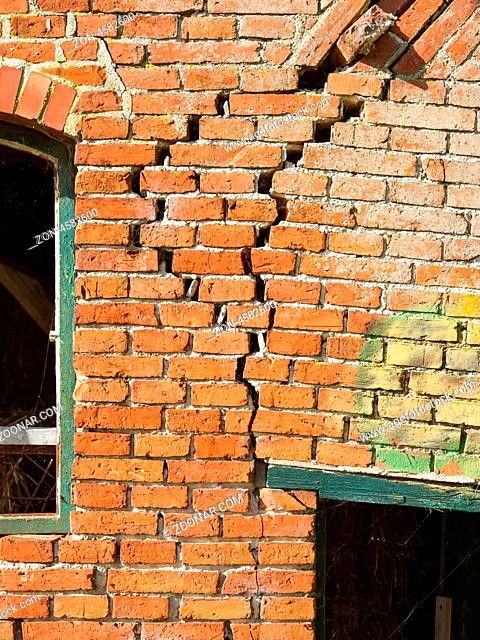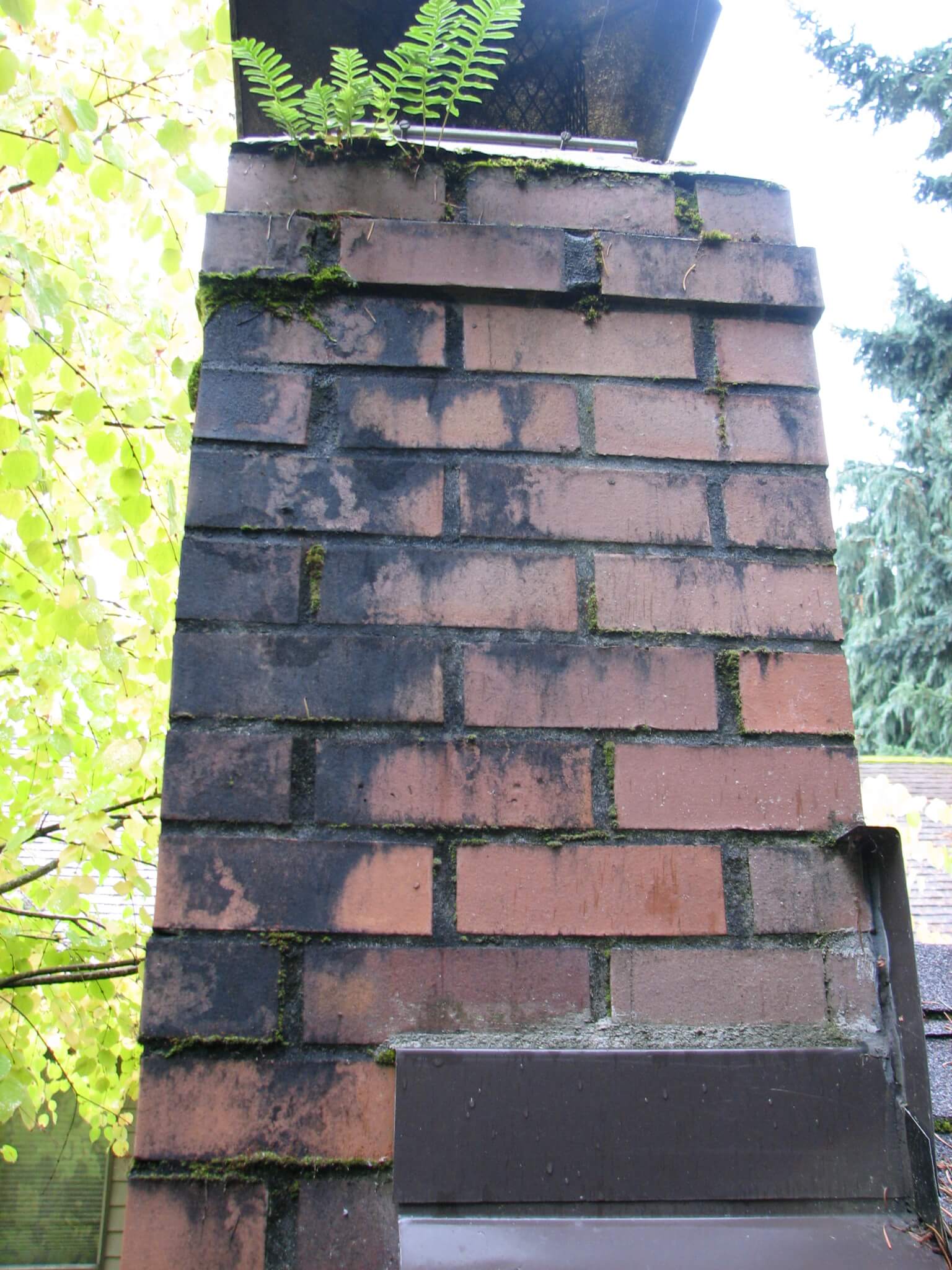
1. Inspect the masonry:
Check for any cracks, gaps, or damaged mortar joints in the masonry. Repair these areas to ensure they are watertight. Use an appropriate sealant or mortar to fill in any gaps or cracks.
2. Clean the masonry:
Remove any dirt, debris, or vegetation that might have accumulated on the masonry surfaces. This will help prevent water from seeping into the pores of the masonry.
3. Apply a water repellent:
Consider applying a water repellent to the masonry surfaces. These products create a barrier that prevents water from penetrating the masonry while still allowing it to breathe. Make sure to choose a water repellent specifically designed for masonry and follow the manufacturer’s instructions for application.

4. Check the drainage system:
Ensure that the downspouts, gutters, and other drainage systems are clear of any debris and in good working condition. Properly functioning drainage systems help to direct water away from the masonry, reducing the risk of water intrusion5. Protect vulnerable areas:
Pay special attention to areas that are more susceptible to water intrusion, such as window sills, door frames, and areas around vents or pipes. Apply appropriate sealants or weatherproofing materials to these areas to ensure they are properly protected.6. Monitor regularly:
Keep an eye on the masonry throughout the winter to ensure there are no signs of water intrusion. If you notice any water stains, dampness, or other signs of moisture, address the issue promptly to prevent further damage.
If you notice one of these signs. Call ADV Masonry for a free Estimate. We’re a full-service Masonry restoration company serving residents throughout the Chicago Land area for 15 Years. Please call at 630-771-0608



Recent Comments